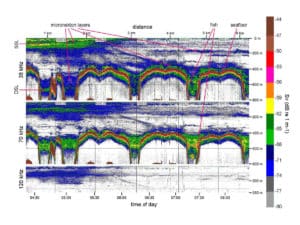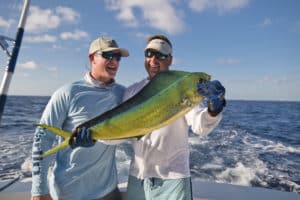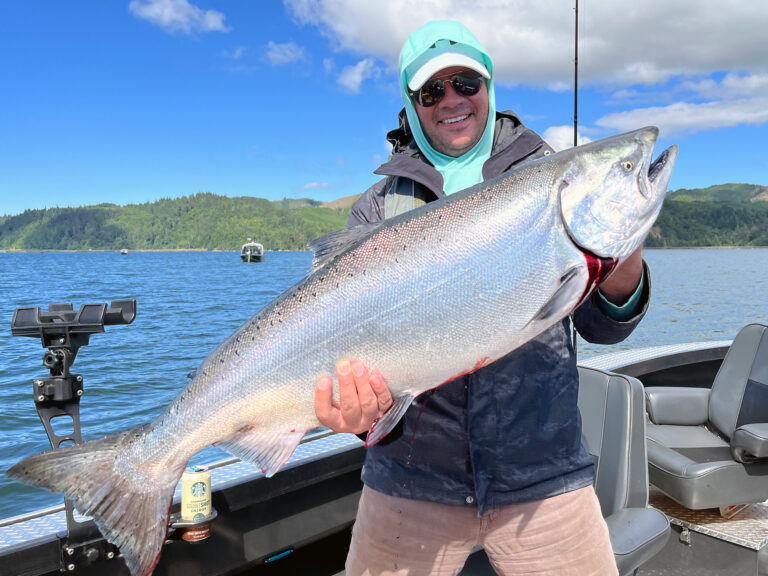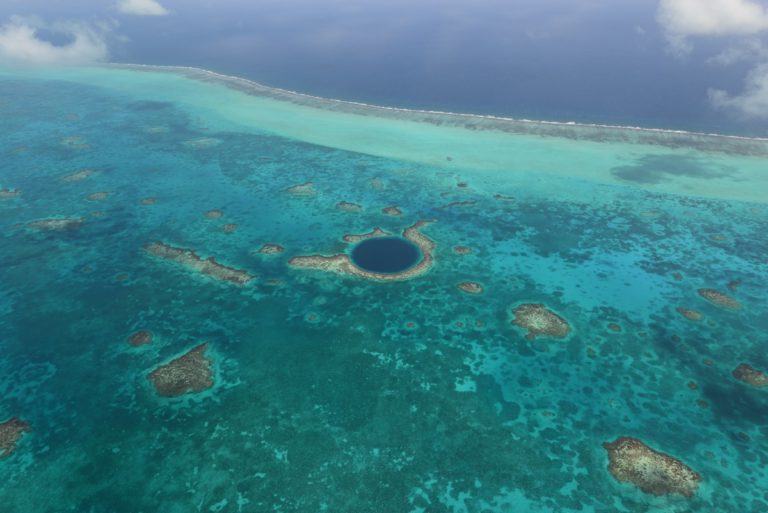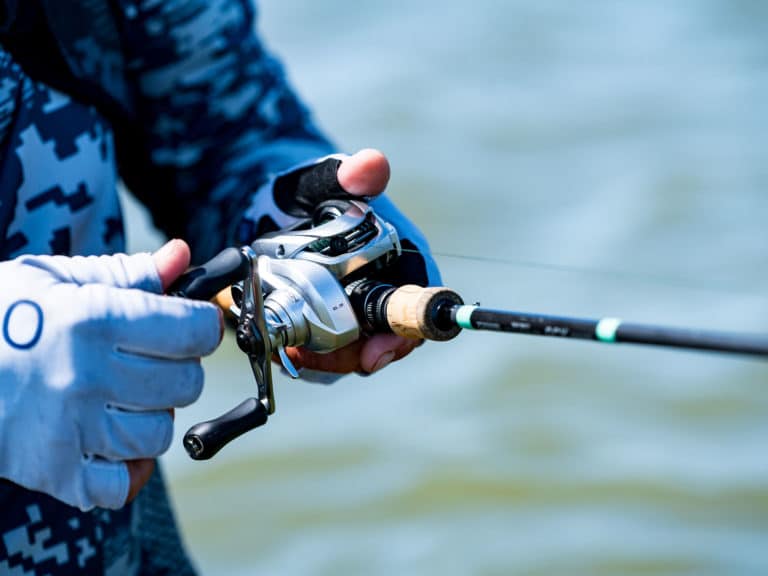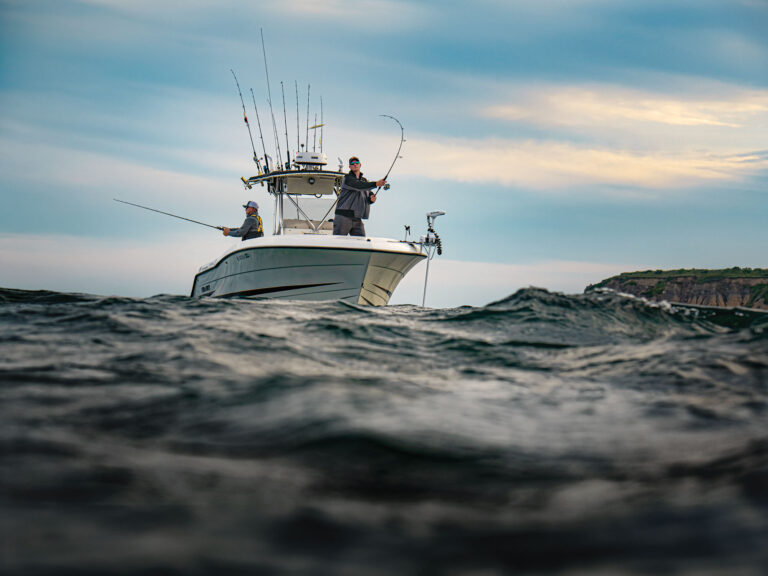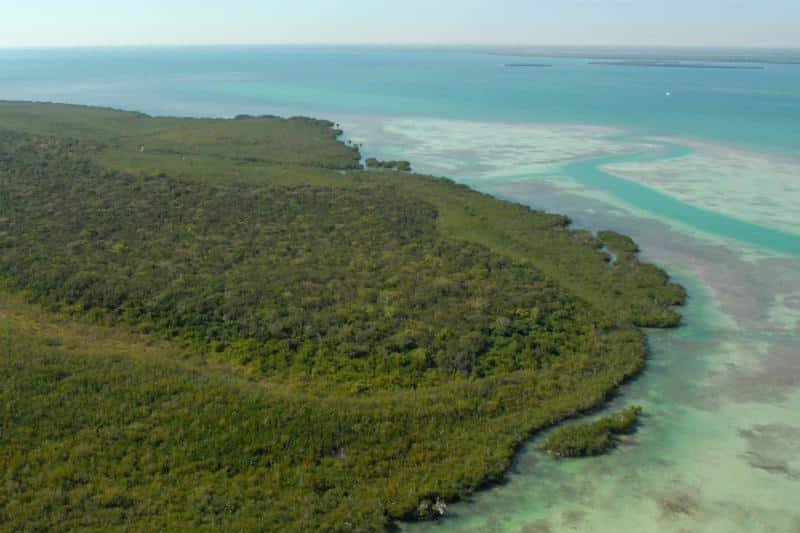
mp nmma
Last week, the National Park Service announced a supplemental General Management Plan (GMP) for Biscayne National Park that marks an important step toward balancing the need for public access while addressing resource concerns. The park’s new preferred plan addresses many of the concerns from the recreational boating and fishing communities contained in the original 2011 GMP proposals.
Located adjacent to Miami, Biscayne National Park is the largest marine park in the National Park system and one of the country’s largest urban recreational fishing areas. The park’s updated plan is the result of lengthy discussions among the Florida Fish and Wildlife Conservation Commission, the Park Service and the National Oceanic and Atmospheric Administration along with significant input by the boating and fishing communities.
The new preferred alternative eliminates a 10,000 acre marine reserve which was a significant point of contention for the boating and fishing communities. The new preferred plan instead establishes a 14,585 acre special recreation zone along a portion of the park’s reef tract in which fishing would be allowed year round with a special permit. The plan also includes a long-term research and monitoring program to inform adaptive management of the zone. Recreational fishing and boating is still permitted in nearly all of the remainder of the park under state and federal rules and regulations.
Previous proposals would also have established significant non-combustion engine zones along the coastline which would have unnecessarily restricted boating access. The preferred plan removes those zones and instead, includes slow-speed and no-wake zones.
The National Marine Manufacturers Association (NMMA), the American Sportfishing Association (ASA) and the broader boating and fishing communities, have worked to bolster awareness surrounding the Park Service’s proposed GMP which initially set out to close up to 20 percent of boating and fishing access in Biscayne National Park. The boating and fishing communities were joined last year by Florida Senators Bill Nelson and Marco Rubio, who signed a joint letter expressing concern to then Secretary of the Interior Ken Salazar. NMMA and ASA will participate in the public comment period for the supplemental GMP.
NMMA President Thom Dammrich notes, “NMMA is optimistic that this plan properly balances the need for resource conservation and robust boating and angling access. We look forward to working with NPS to protect the access granted to boaters and anglers and are pleased to see progress. NMMA will remain an active participant in this ongoing discussion, and will be vigilant in ensuring that the steps we’ve taken forward are not lost as the plan continues to take shape.”
ASA President and CEO Mike Nussman said, “The recreational fishing industry is pleased that all the agencies involved in the Biscayne National Park debate were able to come together and identify productive management solutions that still allow for public access while addressing resource concerns. We look forward to working with the Park Service to ensure that the public is allowed reasonable and sustainable access to these public waters.”
A copy of Biscayne National Park’s General Management Plan/Supplemental Draft Environmental Impact Statement is available here. A series of public hearings are planned for December 2013.

